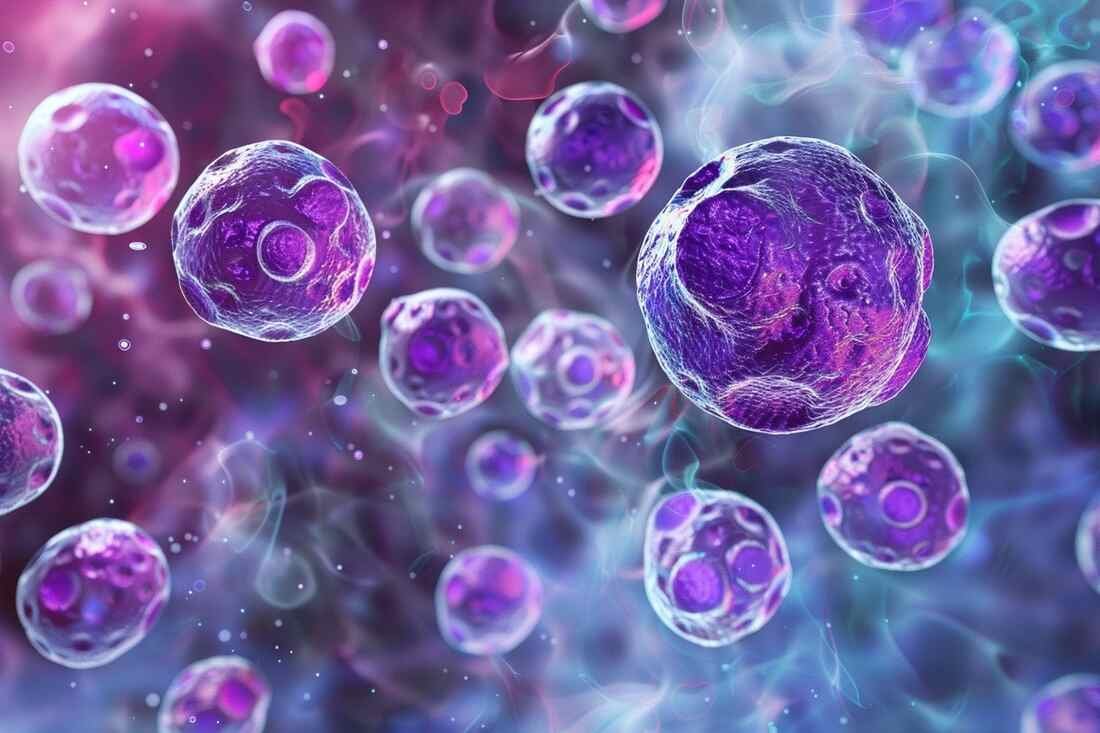Hemoglobin Levels: The Crucial Role in Oxygen Transport and Overall Health
Hemoglobin: a word that encapsulates the essence of life-sustaining processes within our bodies. This remarkable protein, found within our red blood cells, plays a pivotal role in ensuring the delivery of oxygen to every corner of our intricate physiological system. Hemoglobin levels provide essential insights into the oxygen-carrying capacity of our blood and can serve as a valuable indicator of various health conditions.
In this article, we delve into the intricacies of hemoglobin, exploring its structure, function, and profound impact on our overall health.
Hemoglobin is an iron-rich protein found in red blood cells that gives blood its red color.
Structure of Hemoglobin: Building Blocks of Life
At its core, hemoglobin is a complex molecule composed of four protein chains, known as globins. These globins cradle an iron-containing heme group, which provides the binding sites for oxygen molecules. Structurally, hemoglobin demonstrates an astonishing adaptability, allowing it to change its shape as it binds with oxygen in the lungs and releases it in tissues throughout the body. This unique property ensures that oxygen uptake in the lungs and its subsequent release in tissues is a seamless, orchestrated dance.
What is normal hemoglobin levels?
Normal hemoglobin levels can vary slightly depending on factors such as age, sex, and individual health conditions. In general, the reference ranges for normal hemoglobin levels are as follows:
- For adult men:
Normal hemoglobin levels typically range from approximately 13.8 to 17.2 grams per deciliter (g/dL) of blood.
-
For adult women:
Normal hemoglobin levels typically range from approximately 12.1 to 15.1 g/dL of blood.
It’s important to note that these ranges are provided as general guidelines and may vary slightly between different laboratories or healthcare providers. Additionally, hemoglobin levels can be influenced by factors such as altitude, smoking, medical conditions (e.g., anemia, chronic diseases), and certain medications.
For specific reference ranges and interpretation of hemoglobin levels, it’s essential to consult with a healthcare professional. If you have concerns about your hemoglobin levels or overall health, it’s recommended to discuss them with a doctor, who can provide personalized guidance and recommendations based on your individual circumstances.
Understanding the Implications
- Low Hemoglobin Levels (Anemia): Hemoglobin levels below the normal range can indicate anemia, a condition where the blood lacks sufficient healthy red blood cells. Anemia can lead to symptoms such as fatigue, weakness, pale skin, and shortness of breath.
- High Hemoglobin Levels (Polycythemia): Hemoglobin levels above the normal range may be a sign of polycythemia, a condition where the body produces too many red blood cells. This can lead to thickening of the blood, increasing the risk of blood clots and other complications.
Function: Oxygen’s Precious Carrier
The primary mission of hemoglobin is to ferry oxygen from the lungs, where oxygen is plentiful, to the various tissues and organs where it is required for cellular respiration—a process that produces energy vital for life. As blood travels through the lungs, hemoglobin readily binds with oxygen, forming a molecule known as oxyhemoglobin. This oxyhemoglobin is then transported through the bloodstream, delivering its cargo to tissues and organs hungry for oxygen. As hemoglobin reaches areas with lower oxygen concentrations, it releases its oxygen payload, enabling cells to continue their metabolic activities.
Oximeter | How does it work? What is Normal Range of Blood Oxygen Level?
Regulation and Health Implications
The balance between oxygen-carrying capacity and oxygen release is meticulously regulated within our bodies. Factors such as pH levels, temperature, and the presence of other molecules like carbon dioxide influence hemoglobin’s behavior. In certain health conditions, such as anemia, the quantity or quality of hemoglobin may be compromised, leading to reduced oxygen-carrying capacity and potential fatigue, weakness, and organ dysfunction.
Read also: Stress Management: Techniques and Strategies for a Healthier and Balanced Life
Beyond Oxygen Transport: Hemoglobin’s Multifaceted Roles
While its primary role is oxygen transport, hemoglobin boasts additional functions that contribute to our overall well-being. One notable function is its role in buffering the blood’s pH. Hemoglobin binds with excess protons (H+ ions), helping to maintain the blood’s acid-base balance, crucial for proper cellular function.
Factors Affecting Hemoglobin Levels: From Diet to Health Conditions
Several factors can influence hemoglobin levels:
- Diet: Adequate intake of iron, vitamin B12, and folic acid is essential for healthy hemoglobin production. Nutritional deficiencies can lead to lower levels.
- Anemia: Conditions such as iron-deficiency anemia, vitamin-deficiency anemia, and hemolytic anemia can result in decreased its levels.
- Chronic Diseases: Certain chronic conditions, like kidney disease and chronic inflammation, can impact hemoglobin production and utilization.
- Altitude: Its levels may adjust at higher altitudes due to changes in oxygen availability.
- Pregnancy: Hemoglobin levels often decrease during pregnancy due to increased blood volume and nutrient demands.
Conclusion: Hemoglobin—A Lifeline of Vitality
In the intricate tapestry of human biology, hemoglobin emerges as a central protagonist, ensuring the delicate balance of oxygen supply to tissues, maintaining pH equilibrium, and supporting our everyday activities. Its remarkable adaptability, structural intricacy, and multifaceted functions underscore its significance in preserving our health and vitality. As we continue to unveil the mysteries of this extraordinary protein, our appreciation for hemoglobin’s profound impact on our well-being deepens, reminding us of the intricate mechanisms that sustain life itself.
Sources: Mayo Clinic, Very Well Health, PinterPandai
Photo credit: Vector8DIY via Pixabay
Information: Cleverly Smart is not a substitute for a doctor. Always consult a doctor to treat your health condition.



